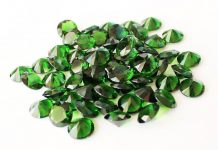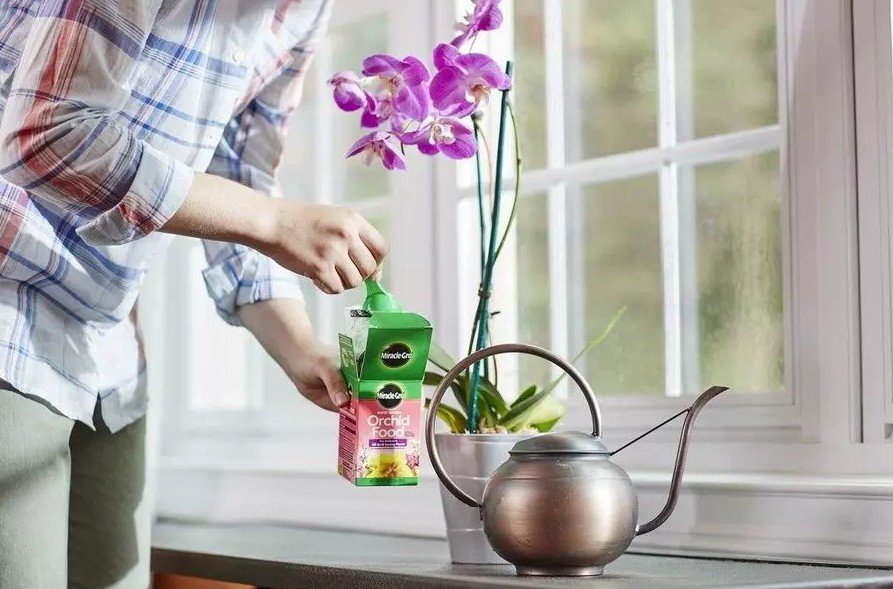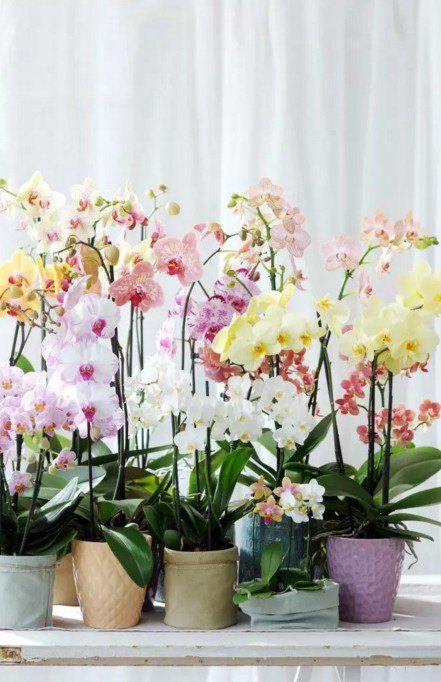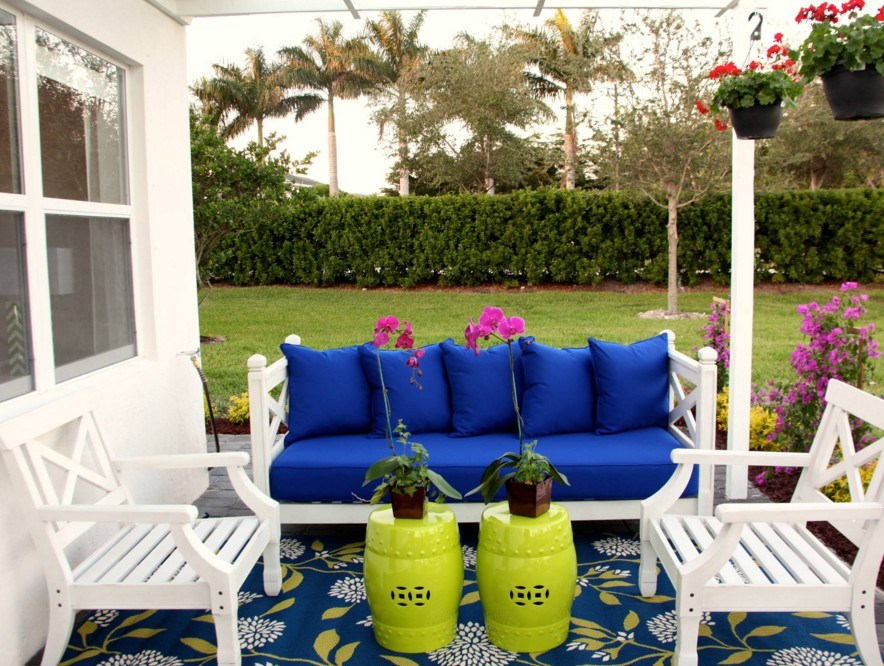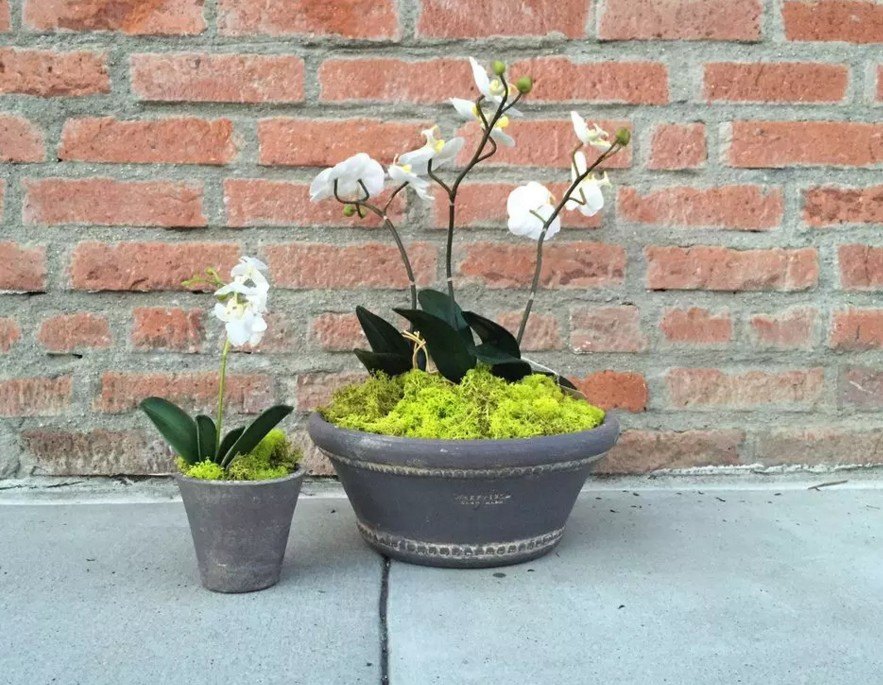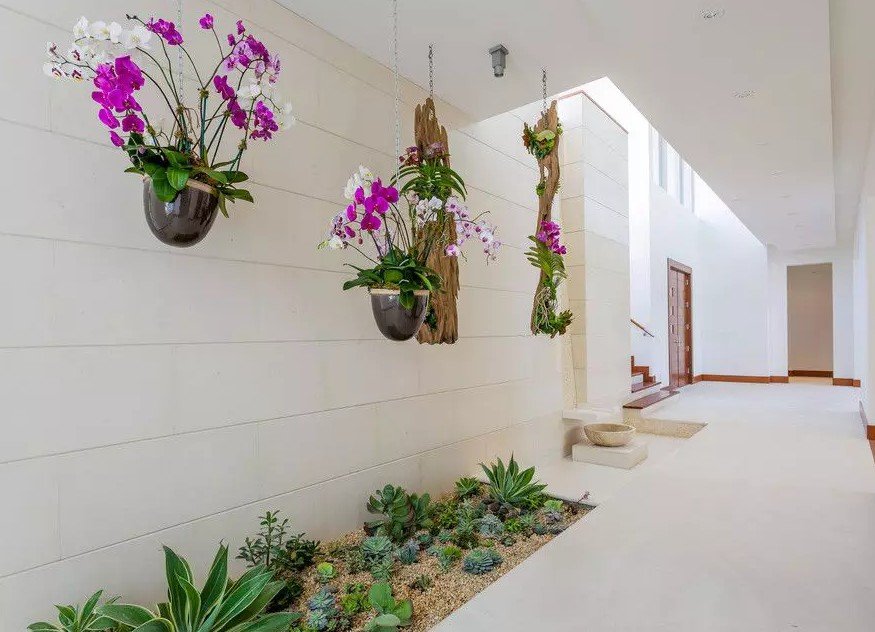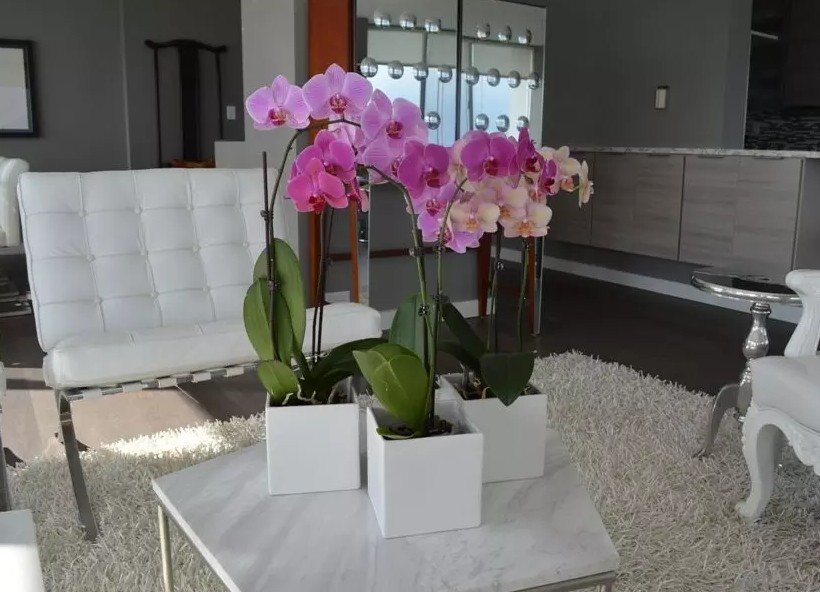Orchids have recently been very popular among amateur flower growers. Their ability to bloom for several weeks, or even months, the variety and originality of flower shapes, buds of all shades and fantastic combinations of a wide variety of colors - all this attracts many fans of flowering plants. In the world there are more than 25,000 species of orchids, there are guests from the tropical jungle and mountain heights, from different continents and countries, so you can choose a plant for every taste. 

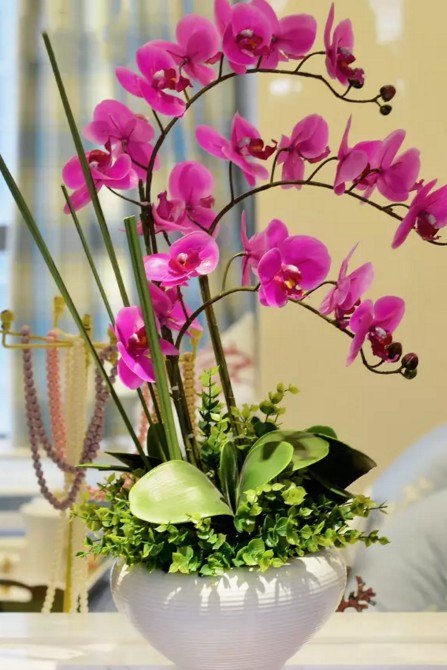
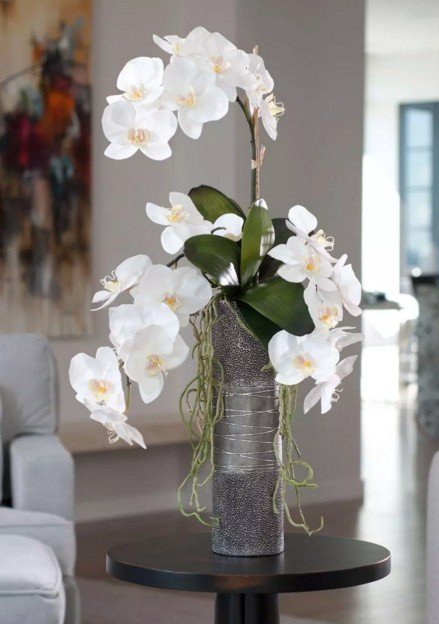
How to care for an orchid after purchase
Most orchids are purchased through flower shops. It is better to buy an orchid in spring or summer, when moving to a new house will not be accompanied by significant temperature changes. In addition, this is the time of the new growth and flowering cycle, the plant's stress tolerance during this period is higher.
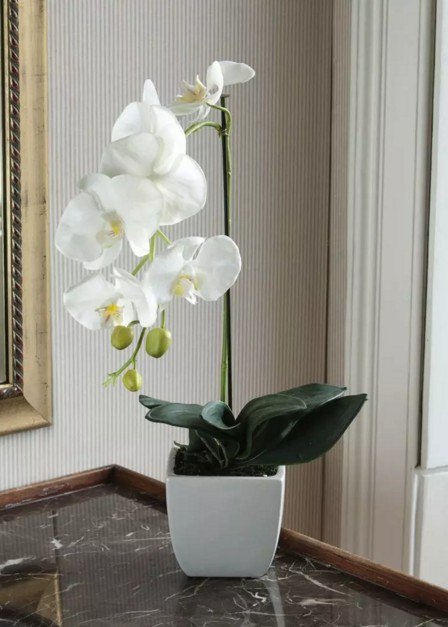
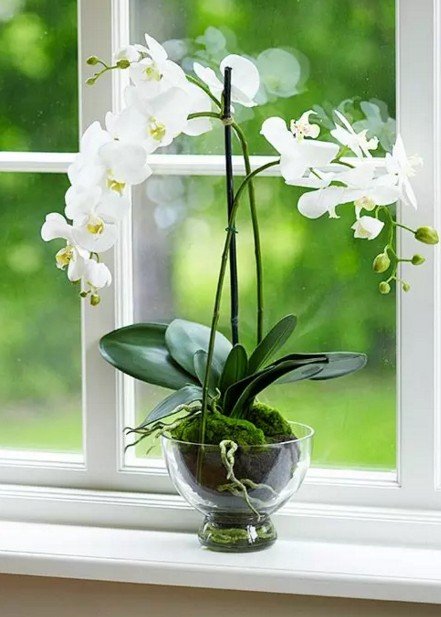
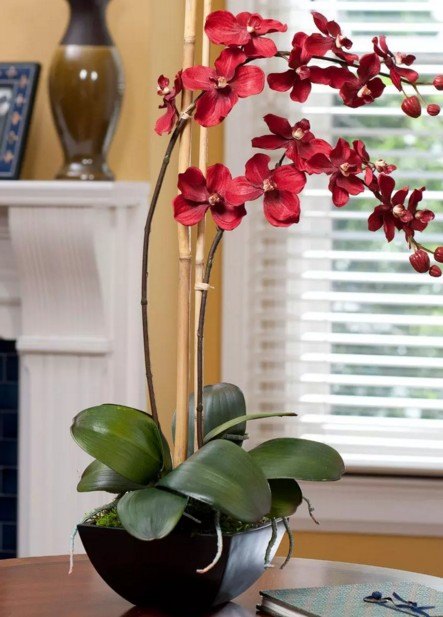

How to care for a new, just brought home plant? First you need to choose a place where the plant will stand the first time. The flower transferred to the new conditions should not be immediately put on the window sill; you should give it a chance to recover from the move. It is necessary to arrange the plant so that it does not fall into direct sunlight.







Watering at first should be moderate, its frequency and amount of water should be increased gradually. Water should be soft, often using thawed or rain water. The use of distilled water is constantly undesirable, since then the plant will receive less of many trace elements. Immediately after the acquisition, you should not use fertilizers, the plant should acclimatize in your home, only then it will fully assimilate top dressing.
When buying an orchid, it is important to pay attention to the condition of the leaves - specks and dots often indicate defeat by harmful insects. A whitish bloom or a scattering of whitish specks is a sign of fungal infection. If you already have orchids, then a new plant should not be immediately placed next to the flowers that already live with you. A beginner should be quarantined so as not to infect other flowers.
Pot selection
When choosing a pot for an orchid should proceed from its appearance. Due to its diversity, different types of orchids adapted themselves to existence in nature in different ways. Based on the species fitness of plants, it is necessary to take into account the characteristics of the materials from which the pots are made. So, phalaenopsis pots are chosen from transparent plastic, because their roots are capable of photosynthesis. Vande is more suitable for glass pots, and epiphytes with pseudobulbs can easily live in ordinary ceramic or clay pots.
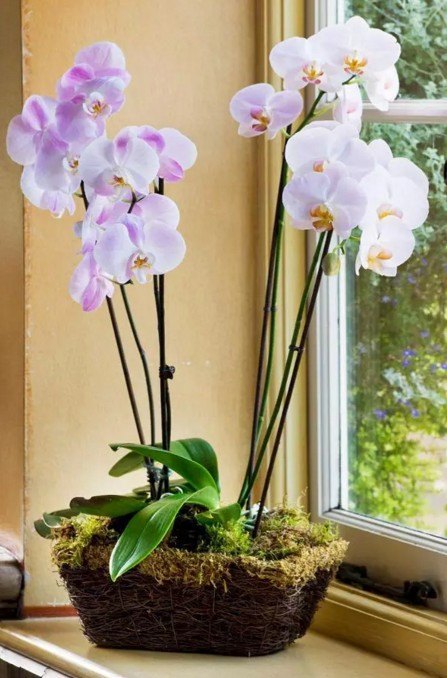
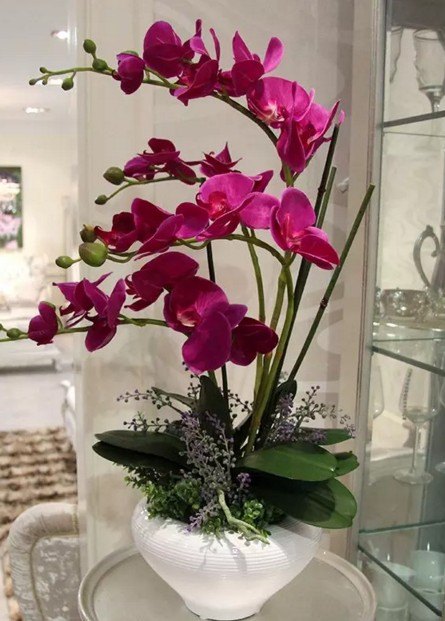
The basic rules for purchasing an orchid pot are as follows:
- the possibility of free access of oxygen to the roots, for which the pot must be with a lot of drainage holes. Drainage holes also contribute to the outflow of excess moisture, since in nature most orchids grow outside the soil. If your choice is a ceramic or glass pot, there should be a large amount of drainage.
- the shape of the pot should be convenient for extracting the plant. For this, it is necessary that the mouth of the pot be larger in size than the bottom, or equal to the bottom area. A narrowed mouth can injure overgrown roots when trying to get them.
How to care for blooming orchids
A blooming orchid is exactly what every lover of this beautiful flower is looking forward to.
First you need to correctly determine the place for the flower. The orchid loves light, therefore southern, southeast or east windows will be most suitable for a flower. In this case, you need to choose a place so that direct sunlight does not linger long on the plant in order to avoid burns. If the light is not enough, the plant is desirable to illuminate, the illumination should be at least 10 hours.


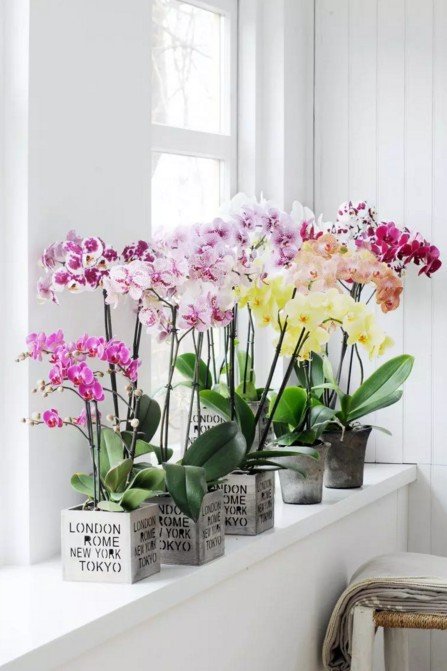

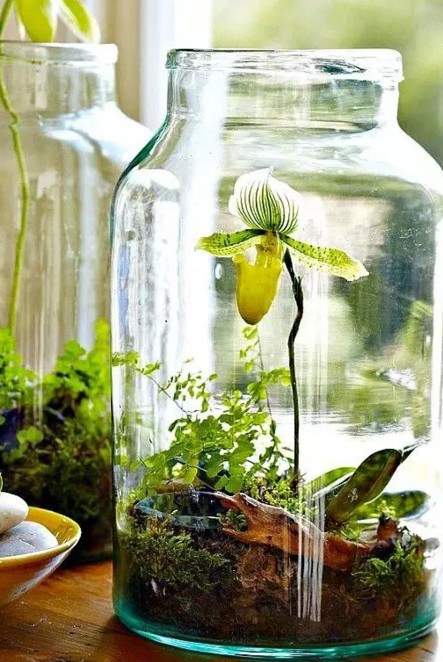



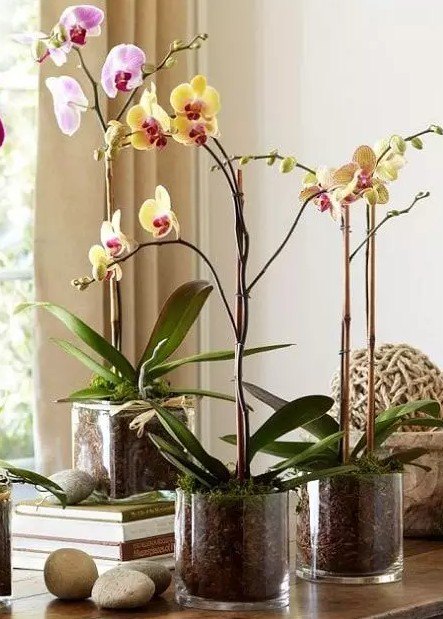
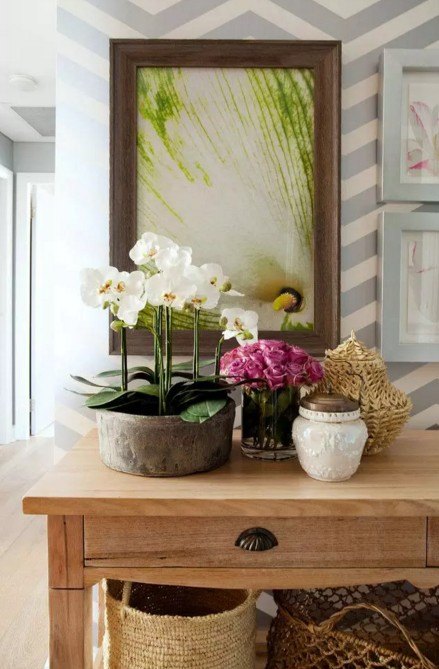
It should be noted that during the flowering period the orchid cannot be transferred to another place, this rather delicate flower can easily fold buds. Watering is desirable to increase, but this should be done gradually. The orchid does not like any abrupt changes in the environment, therefore the level of illumination, the degree of humidity, and the temperature regime must remain at the same level. In no case can not repot the plant during flowering!
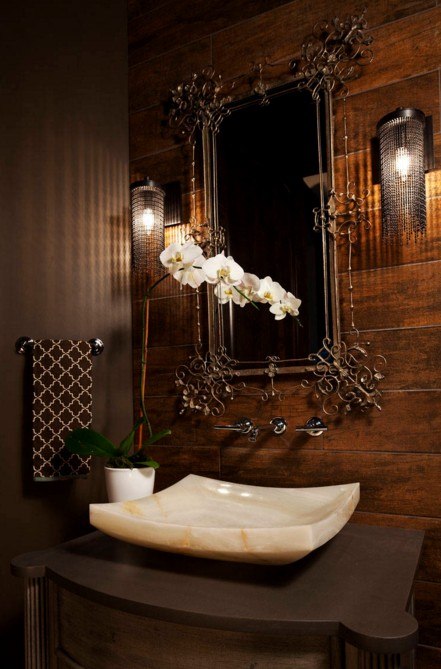




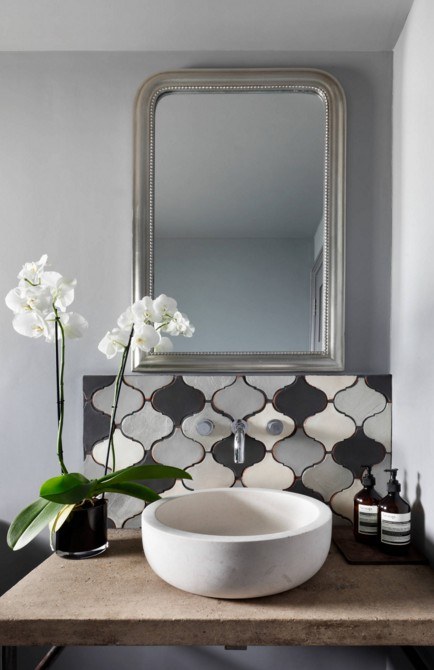
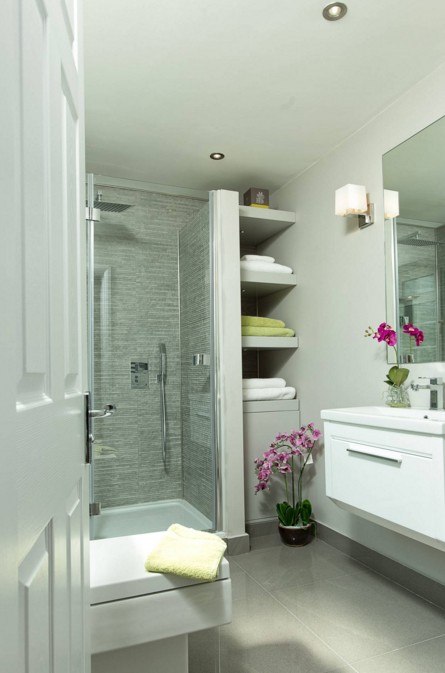
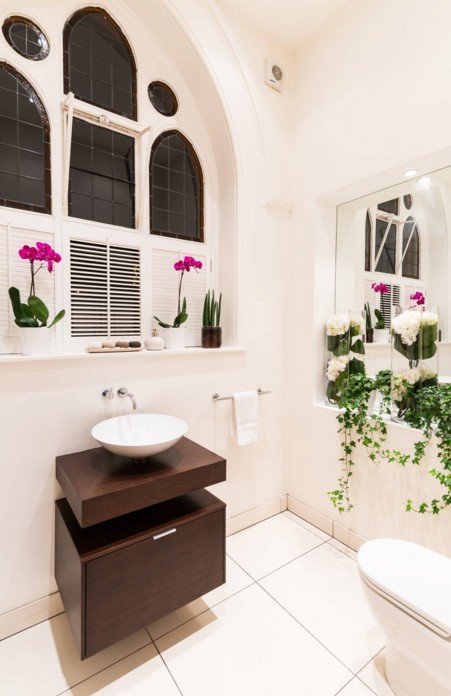


At the beginning of flowering and during it the orchid is fed with special fertilizers. When choosing fertilizers, it is necessary to proceed from the fact that during flowering the plant needs more potassium and phosphorus, while a high nitrogen content can lead to a build-up of leaf mass and a delayed formation of buds. Fertilizing blooming orchid need about once a week.
If the peduncle is large and with a large number of buds, you need to take care of the support. This can be done with the help of special plastic supports or self-made wooden supports, you can simply tie the peduncle to the existing support.It is necessary to tie up at the beginning of flowering, when the buds are fully opened, it is better not to touch the orchid.
What to do with an orchid after flowering
The orchid blooms for several months in a row and after that it needs to be allowed to rest.
To begin with, the faded peduncle, which is a hollow, bare stem, is removed. If it is dry, then simply trim it off, leaving a small stump. At the same time it is necessary to ensure that no water gets inside the empty hemp. If the peduncle remains green, you can cut it just above the level of the third buds and the orchid may bloom again.
Reduce watering, you can arrange short periods of drying, which will benefit the plant. It is better to rearrange the flower so that it does not fall into direct sunlight, and reduce the time of lighting. We also reduce the amount of fertilizers, now they should contain more nitrogen.







During this period, you can repot the plant, taking a pot that is slightly larger in volume.
With proper care and compliance with these simple conditions, the orchid will constantly please you with abundant and long flowering.

























